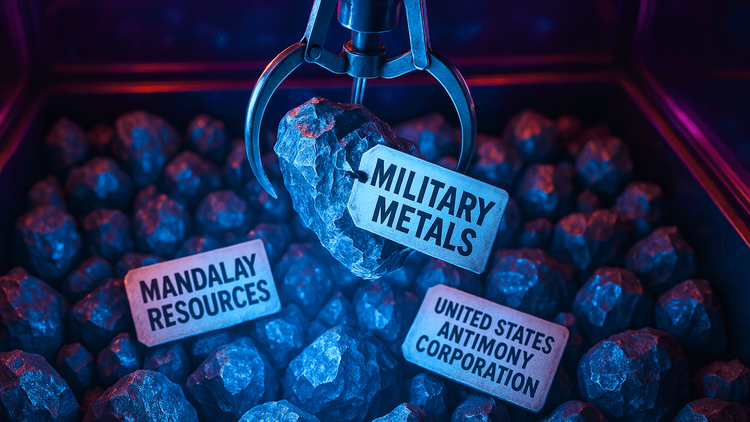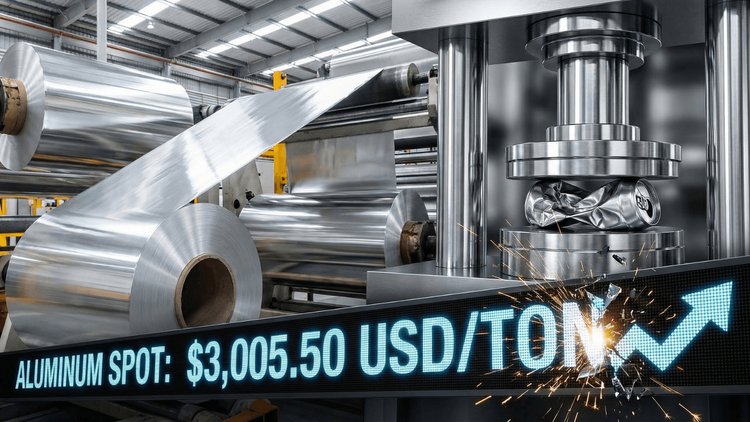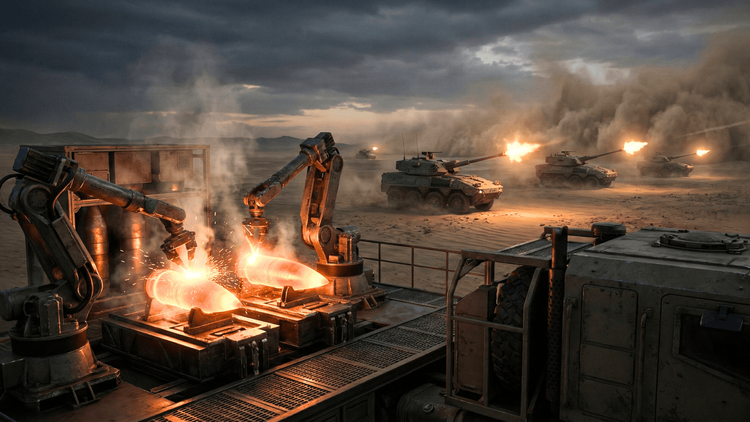The Coming Mineral Wars: A Global Power Struggle Over Resources
Geopolitical Moves and Mineral Resources: The Emerging Global Battle for Critical Metals.

The global stage is set for a high-stakes battle over critical minerals, as the world’s major economies maneuver for dominance in the metals market. The geopolitical tension, led by China’s export controls and the BRICS bloc’s expanding influence, underscores the fragile balance in securing essential resources for technologies like electric vehicles (EVs), renewable energy systems, and defense applications.
China’s Strategic Stranglehold on Critical Minerals
China has long held the upper hand in the production and processing of critical minerals. Its recent tightening of export controls on gallium, germanium, and graphite sends a clear signal: Beijing is willing to wield its dominance as an economic weapon. While the restrictions haven’t fully banned these exports, they are a shot across the bow for countries like the U.S. and its allies, which depend heavily on Chinese supplies.
Beijing’s control is not new. Back in 2010, rare earth quotas brought China to the World Trade Organization tribunal. Although exploration outside China has since increased, its grip on downstream production remains firm—a chokehold the West has struggled to break.
Western Response: Scrambling for Alternatives
In the face of mounting Chinese restrictions, Western nations are accelerating efforts to secure alternative sources of critical minerals. For example, Rio Tinto’s announcement of a gallium production facility in Canada and U.S. plans to fast-track mining approvals could reduce reliance on Chinese exports. However, building robust supply chains outside China will take decades, highlighting the urgency of diversification.
The Biden administration’s financial support for Africa’s Lobito Rail Corridor represents a strategic move to tap into Africa’s resource wealth. Yet, China’s deep investment across the continent—accounting for 40% of its copper cathode imports—underscores the West’s playing catch-up in this critical region.
BRICS and Resource Nationalism: The Emerging Power Bloc
The BRICS nations (Brazil, Russia, India, China, and South Africa) are redefining the global minerals landscape. Countries like Indonesia, which leverage export restrictions to attract foreign investment, illustrate the bloc’s growing influence. With new members joining the alliance, the West faces a formidable challenge in creating supply chains that bypass BRICS control.
China’s success in fostering partnerships and securing resources reflects a proactive approach. While Western nations debate policies, China is building infrastructure, acquiring mines, and cementing its dominance in critical sectors.
Implications for Battery Metals and the Green Energy Transition
The tug-of-war over critical minerals has significant implications for the global energy transition. Graphite, a key material for EV batteries, is at the center of the dispute. China’s dominance in anode production mirrors its earlier monopoly on rare earths, leaving Western automakers vulnerable to supply disruptions.
As nations aim for net-zero carbon emissions, securing a stable supply of battery metals is non-negotiable. Any prolonged disruptions could slow EV adoption and renewable energy deployment, further entrenching reliance on fossil fuels.
The Path Forward: Strategic Stockpiling and Investment
The U.S. and its allies are turning to strategic stockpiles and investments in recycling technologies to counteract supply chain vulnerabilities. Expanding e-waste recovery and refining circuits can bridge short-term gaps, but they won’t replace the need for mining new deposits.
The West must also address bureaucratic bottlenecks that delay mining projects. Fast-tracking permits and fostering public-private partnerships can accelerate progress, ensuring access to vital resources.
Conclusion: A Multi-Decade Battle
The critical minerals trade war is not a sprint but a marathon. The West’s decoupling from China and the BRICS bloc will require years of investment, innovation, and diplomacy. Meanwhile, China’s proactive strategy keeps it ahead of the curve, forcing Western nations to rethink their approach to resource security.
The road to self-sufficiency is fraught with challenges, but with concerted effort, the balance of power in critical minerals can shift. The stakes are high, and the future of global energy security hangs in the balance.






